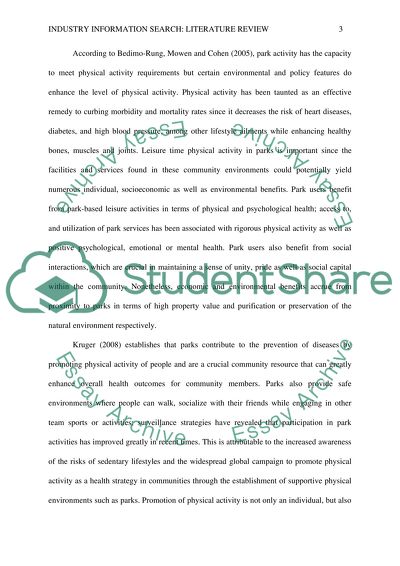Cite this document
(“Industry Information on park users perceptions and attitudes towards Research Paper”, n.d.)
Retrieved from https://studentshare.org/sports-and-recreation/1656184-industry-information-search
Retrieved from https://studentshare.org/sports-and-recreation/1656184-industry-information-search
(Industry Information on Park Users Perceptions and Attitudes towards Research Paper)
https://studentshare.org/sports-and-recreation/1656184-industry-information-search.
https://studentshare.org/sports-and-recreation/1656184-industry-information-search.
“Industry Information on Park Users Perceptions and Attitudes towards Research Paper”, n.d. https://studentshare.org/sports-and-recreation/1656184-industry-information-search.


